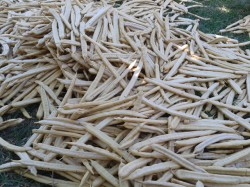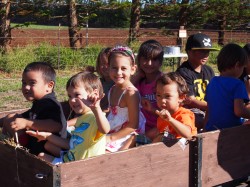Kiawe Beans Pods Not Just Food For Livestock

Community Contributed
By Mercy Ritte
As you know, our kiawe trees produce an abundance of bean pods every year. Not only is it a nutritious food source for livestock, but also for people. In its native lands, dried kiawe bean pods ground into meal or flour is considered a staple food. It is very delicious and adds a sweet nutty taste to breads, pancakes, muffins, cakes and cookies. It is also gluten free, GMO free, highly nutritious, diabetic friendly and can be used to make syrup, jelly, tea, milk, and wine. Unlike wheat that digests within one to two hours, kiawe takes four to six hours to digest, resulting in delay of hunger pangs.…











